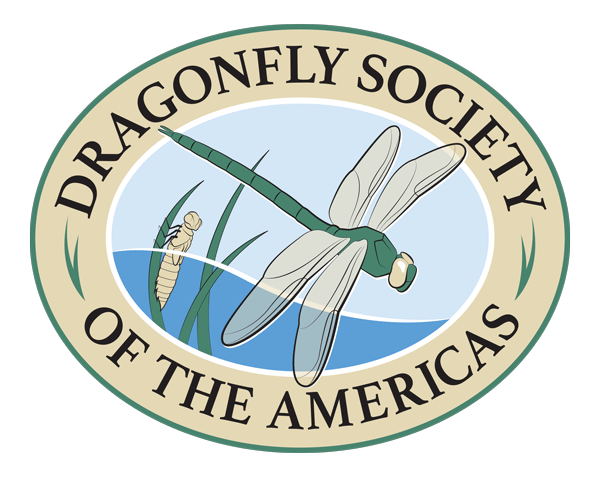The Washington Post published an article on August 13, 2018, blaming rainfall and mosquitoes for elevated dragonfly activity this summer. Here’s the DSA’s response to the article’s misinformation.
To the Editor:
As The Post reported on August 13, dragonflies may indeed be more active this summer. But rainfall and mosquitoes probably have nothing to do with it.
Dragonflies spend most of their lives not on the wing but underwater as nymphs. So the destiny of this summer’s dragonflies was actually set in motion a year or more ago — in rivers, wetlands, lakes and ponds where dragonflies grew up. Rather than rain and mosquitoes, what determined the fate of this summer’s dragonflies was:
how many dragonflies were on the wing last summer (or summers before) to mate and produce eggs that would go on to become this summer’s dragonflies;
availability of aquatic prey (mostly other insects) for nymphs to feed on while they matured in our waters;
the rate of predation on the nymphs by fish or even by other nymphs (yeah, they sometimes eat one another); and
water conditions where the nymphs matured: pollution, temperature and winter freezing, for example.
Yes, once on the wing, adults might live a bit longer if they find mosquitoes, but I doubt it. It’s not as if these insects sit around and mope over a lousy mosquito crop. They find other insects to eat.
Any perception of increased activity could be explained by the regular summer abundance of a few conspicuous species, including Common Green Darner (Anax junius), Wandering Glider (Pantala flavescens), Black Saddlebags (Tramea lacerata) and others that frequent urban and suburban habitats.
Associating rainfall to dragonfly activity is like crediting Hurricane Harvey with the Houston Astros’ 2017 World Series victory. The Astros won because of the talent they raised in their farm system (and, of course, the late-season trade for Justin Verlander). Dragonflies are no different. To keep them healthy, we need to protect the rivers, lakes and wetlands where they grow up.
Bryan Pfeiffer
President, Dragonfly Society of the Americas
Montpelier, Vermont
